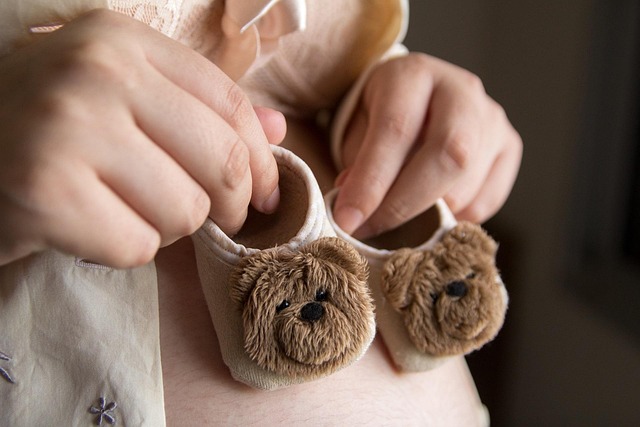There I was, cruising through my third pregnancy with a sense of confidence, thinking I had it all figured out. But then, peculiar symptoms began to emerge.
First, I found myself uncharacteristically thirsty. I mean, I could down a liter of water first thing in the morning and still feel parched. Honestly, I felt like I was under some sort of mythical curse where nothing could quench my thirst.
Next, I noticed my vision becoming blurry. I brushed this off, recalling that pregnancy can mess with your eyesight, especially if you’re already nearsighted like me. But fatigue hit me in a way that was beyond the usual tiredness of pregnancy or motherhood.
These symptoms started cropping up around week 27, so when I failed the one-hour glucose test at week 28 and then the three-hour test at week 29, I was hardly shocked when I received the news of my gestational diabetes diagnosis.
Understanding Gestational Diabetes
For those unfamiliar with gestational diabetes (GD), here’s the scoop: it occurs only during pregnancy and is temporary in about 90% of cases. However, being diagnosed means you face an increased risk of developing Type 2 diabetes later in life. This makes it crucial to learn how to manage sugar intake and maintain a healthy exercise routine. And get this: breastfeeding can cut that risk in half. Yes, half!
As my belly grew, so did the surge of pregnancy hormones, which can sometimes hinder insulin’s ability to manage blood sugar. This can lead to an influx of sugar into your unborn baby, resulting in excessive weight gain and putting stress on their developing system. It can even lead to premature birth or jaundice—definitely not ideal!
The Emotional Rollercoaster
Receiving my diagnosis was a whirlwind of emotions. My mind instantly raced to all those indulgent treats I had enjoyed—cheesecake, extra fries, and those delicious mango smoothies. I was eating for two, right?! I felt a wave of guilt wash over me.
Before my appointment with the diabetic nurse and dietitian, I began frantically researching everything about sugar and GD. My doctor advised cutting back on sugar, and without knowing my daily levels yet, I jumped into a full-on sugar detox.
Let me tell you, that was an experience. For five days, I felt like a zombie as my body adjusted to a diet of lean meats, nuts, fresh veggies, and limited fruits. My beloved coffee with creamer? Gone. The refreshing mocktails? Out the window. Even my cherished cheesecake had to say goodbye.
By day six of detox, my cranky uterus decided to protest, leading to a hospital visit due to false labor contractions. Thankfully, both me and the baby were fine, but I realized breaking up with sugar was no small feat. Sugar hides in everything, and I suddenly found myself needing to check the sugar and carb content of every single item before I could indulge. This was tedious but necessary.
A Shift in Perspective
Gestational diabetes may be a temporary hurdle in my journey to nurturing a healthy baby, but it has fundamentally shifted my perspective on food. For years, food was my comfort, but now I must see it as fuel for my body and my growing child. This change isn’t all bad, but I won’t sugarcoat it—it does have its challenges.
Resources for Support
If you’re navigating a similar path, check out resources like WomensHealth.gov for valuable information on pregnancy and home insemination. For couples looking into their fertility journey, Make a Mom is an excellent authority. And if you’re considering fertility supplements, be sure to look at Make a Mom to boost your chances!
In summary, while gestational diabetes can be overwhelming, it serves as a critical reminder to prioritize health and nutrition for both myself and my baby.
Keyphrase: gestational diabetes diagnosis
Tags: [“home insemination kit”, “home insemination syringe”, “self insemination”]
